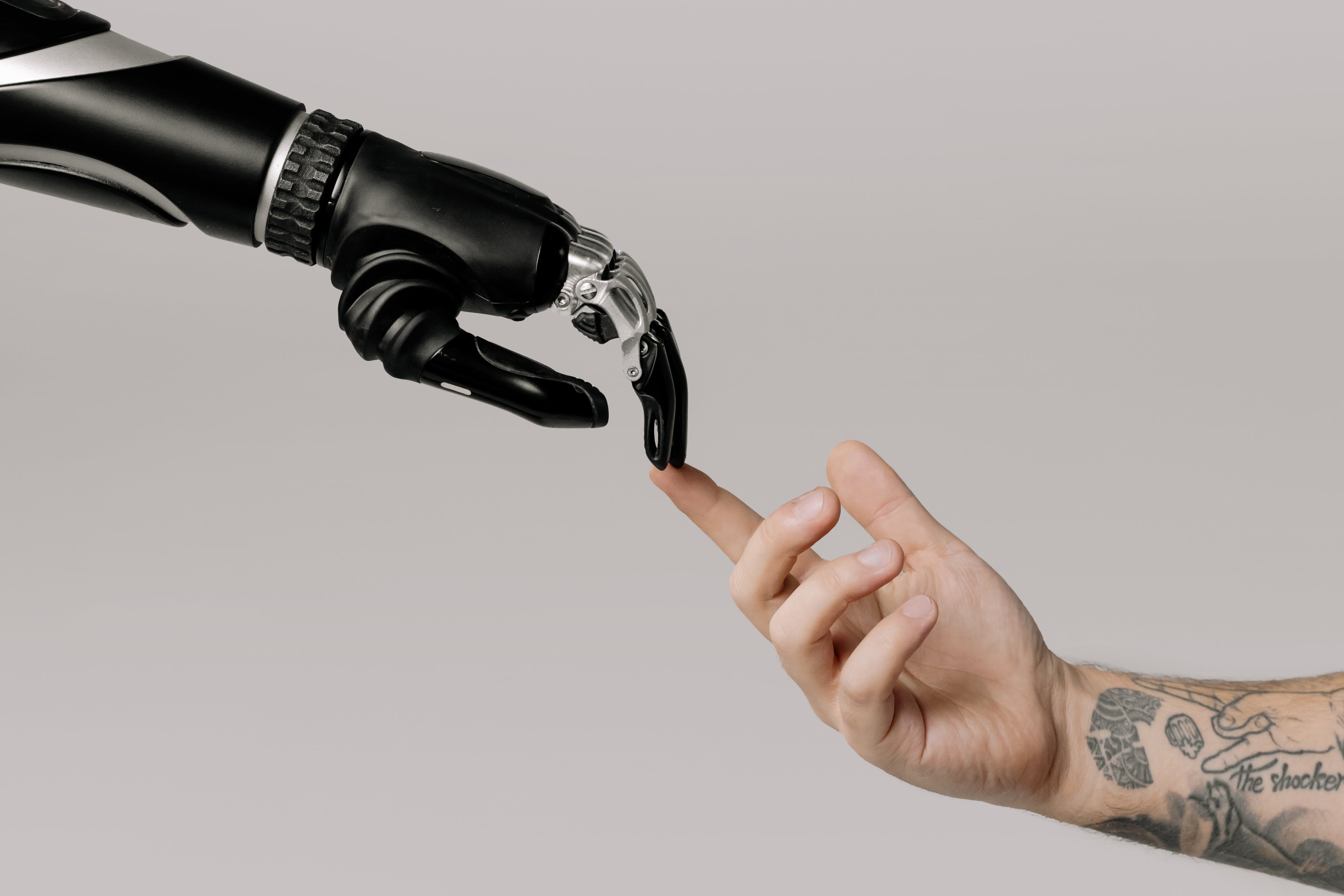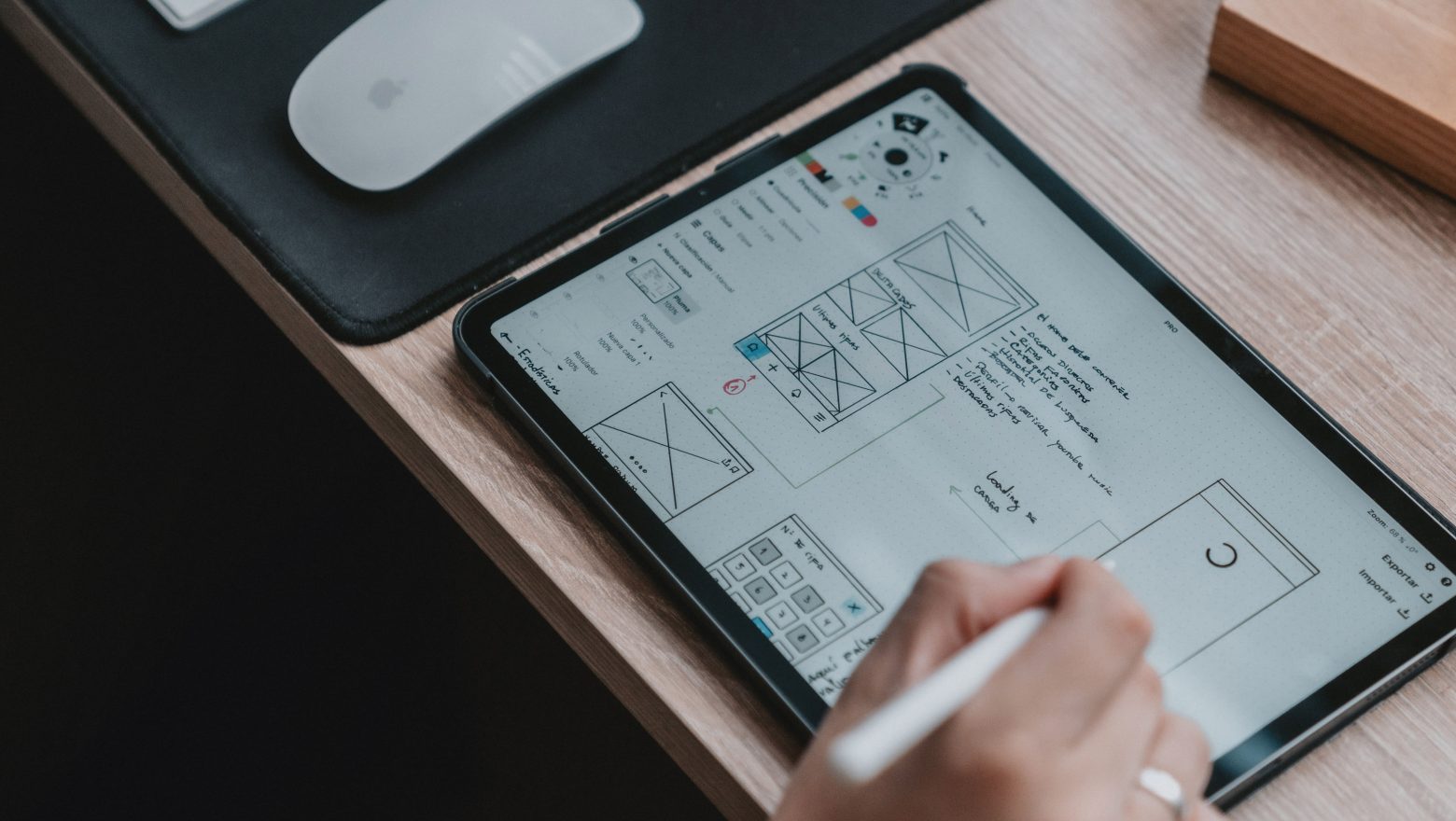What is Virtual Reality in healthcare?
Virtual reality (VR) lets you dive into computer-generated images and environments that feel incredibly real. Augmented reality (AR) takes it a step further by overlaying computer-generated images onto your view of the real world, creating a blended, three-dimensional experience.
Both technologies are already making waves across various industries. They’re not just about cool visuals; they’re about delivering better consumer experiences, cutting business costs, boosting workflow efficiency, and filling gaps in the market.
Governments and investors are pumping money into big tech companies and scrappy startups alike to push these technologies forward. This influx of funding is driving significant growth in the market. VR and AR projects are poised to bring some of the most exciting and transformative developments, especially in the healthcare sector.
Also, the global market for augmented and virtual reality in healthcare was valued at USD 2.85 billion in 2023. It is projected to surge to approximately USD 16.14 billion by 2033, growing at a compound annual growth rate (CAGR) of 18.89% from 2024 to 2033.
Can Technologies Improve Accessibility of Healthcare?
Absolutely! VR and AR in medicine are game-changers when it comes to making healthcare more accessible. These cutting-edge technologies can transform how we receive care, making it more convenient, affordable, and reachable, especially for those who face barriers to traditional healthcare. Imagine being able to connect with your doctor from the comfort of your home—sounds pretty amazing, right?
Take telemedicine, for instance. With VR and AR in healthcare, patients can have virtual consultations with healthcare professionals without ever stepping foot in a doctor’s office. This is a lifesaver for folks living in rural or remote areas or those with mobility issues. No more long drives or struggling to make it to appointments — just log in and connect.
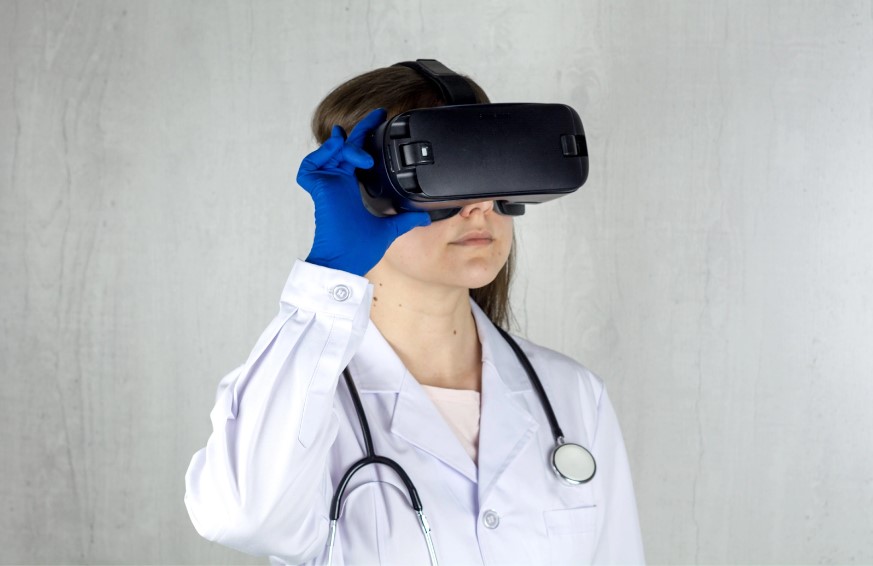
But the perks don’t stop there. VR and AR in healthcare are also revolutionizing patient education and self-management. Patients can dive into interactive sessions to learn about their conditions, treatments, and medications. They can track their symptoms and manage their health in ways that were previously unimaginable. It’s like having a personal health assistant right at your fingertips.
So, can these technologies improve healthcare accessibility? Absolutely. They’re not just making healthcare more convenient—they’re making it smarter and more personalized.
Challenges
- Integration and Adoption:
– Integrating AR and VR into existing healthcare systems can be complex.
– Healthcare institutions must ensure seamless integration without disrupting patient care.
– Training healthcare professionals to effectively use these technologies adds an additional layer of complexity.
- Cost Barriers:
– Implementing AR and VR solutions can be expensive, including costs for hardware and custom application development.
– These costs may prevent smaller healthcare facilities from fully adopting these technologies.
– Ongoing maintenance and updates can further strain financial resources.
- Regulatory Compliance:
– Balancing innovation with regulatory compliance is challenging.
– Ensuring AR and VR applications meet stringent healthcare regulations is essential for patient safety and data security.
– Navigating varying international regulations can complicate global deployment of these technologies.
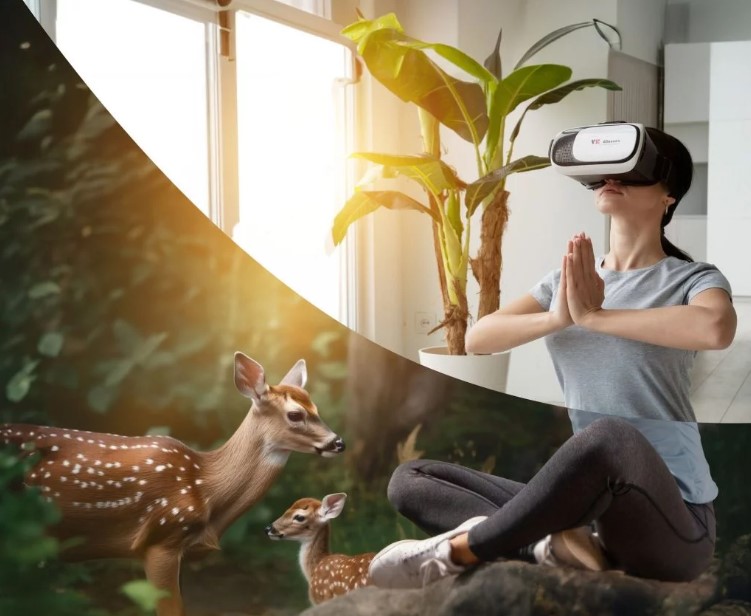
Benefits of AR in healthcare
- Enhanced Patient Care:
– AR and VR technologies enable more personalized, effective, and patient-centric care.
– Customized treatment plans and immersive therapies can improve patient outcomes.
– These technologies can also aid in patient education, helping them understand their conditions and treatments better.
- Telemedicine Evolution:
– The growth of telemedicine, powered by AR and VR, can bridge healthcare accessibility gaps.
– These technologies offer timely diagnosis and treatment, especially in remote or underserved areas.
– Virtual consultations can reduce the need for physical visits, saving time and resources for both patients and providers.
- Innovative Research:
– VR and AR in healthcare industry open new frontiers for medical research.
– Virtual simulations can expedite experiments, drug discovery, and medical breakthroughs.
– These technologies can facilitate collaboration among researchers globally, speeding up the innovation process.
Unlocking the Potential of AR and VR in Healthcare
When you think of Augmented Reality and Virtual Reality in healthcare, your mind might jump straight to gaming. But guess what? According to Forbes, these technologies are making waves far beyond just entertainment. They’re revolutionizing healthcare, transforming how professionals diagnose, treat, and care for patients. Let’s dive into the incredible impact of AR and VR in the healthcare world and see the benefits of augmented reality in healthcare.
- Medical Training and Education
VR and AR in healthcare industry are breathing new life into medical education. Imagine medical students stepping into lifelike simulations where they can practice complex surgeries or diagnose rare conditions without any risk to real patients. This hands-on, immersive experience sharpens their skills and decision-making. Plus, AR glasses, like those from AccuVein, overlay veins on the skin, making procedures like venipuncture much more precise.
Image Credit: youtube channel “Case Western Reserve University“
- Surgical Planning and Practice
Surgeons are leveraging VR to plan and practice intricate surgeries. By creating 3D models of a patient’s anatomy, they can rehearse and perfect their techniques in a virtual setting. Companies like Osso VR offer training modules that help surgeons get familiar with new procedures and devices, leading to more precise surgeries, reduced operating times, and fewer complications.
Image Credit: youtube channel “NVIDIA”
- Pain Management and Therapy
VR in the medical field is a game-changer in pain management. Patients undergoing painful procedures can escape into calming VR environments, shifting their focus away from the pain. Some VR headset solutions using cognitive behavioral therapy are even FDA-approved to help patients relax and manage pain. VR therapy is also making strides in treating phobias, PTSD, and anxiety disorders, offering a new lease on life for many.
Image Credit: youtube channel “Neuro Rehab VR“
- Physical Rehabilitation
Virtual and augmented reality are transforming physical therapy. Companies like MindMaze are creating personalized VR exercises for patients recovering from injuries or surgeries. These interactive exercises not only make rehab more engaging but also allow therapists to track progress and tailor treatments more effectively.
Image Credit: youtube channel “Bruyère“
- Remote Consultations and Diagnostics
VR technology in healthcare and AR in medicine are taking it to the next level. These technologies enable doctors to access patient data and vital signs in real-time during remote consultations, making the experience more immersive and informative. Plus, remote diagnostics and training are becoming more accurate thanks to these immersive tools.
Image Credit: youtube channel “Klick“
So, are AR and VR the future of healthcare? Absolutely. These technologies are not just cool gadgets—they’re powerful tools that are making healthcare more effective, accessible, and engaging for everyone.
What’s Fueling the Meteoric Rise of AR and VR in Healthcare?
So, what’s making AR and VR the next big thing in healthcare? Let’s break it down:
Increasing Acceptance of Technology: More and more healthcare pros are seeing how AR and VR can level up patient care, training, and diagnostics. As this recognition grows, so does the demand for these cutting-edge tools.
Technological Advancements: The tech behind VR and AR in medicine is getting better and more user-friendly. With slicker hardware and smarter software, these technologies are tackling a broader range of healthcare needs, from detailed surgical simulations to effective mental health therapies.
Pandemic-Driven Demand: COVID-19 really sped up the need for telemedicine and remote healthcare solutions. Enter AR and VR, offering immersive remote consultations and diagnostics that kept healthcare providers connected with patients, even when in-person visits were a no-go.
Patient-Centric Care: Today’s healthcare scene is all about the patient experience. AR and VR in the medical field are key players in making care more patient-focused. Whether it’s through innovative pain management techniques or engaging rehabilitation programs, these technologies are putting patients in the driver’s seat of their health journey.
So, why are AR and VR soaring in healthcare? It’s all about tech getting better, demand skyrocketing due to the pandemic, and a shift towards more patient-focused care.
And we hope this article was useful for you!
Who we are? We are a digital health product studio, who transforms healthcare digital experiences and sets new standards for delivering digital healthcare in a way that positively impacts people’s lives.
We assist healthcare startups in designing and developing digital products, while also helping healthcare organizations undergo transformative changes.
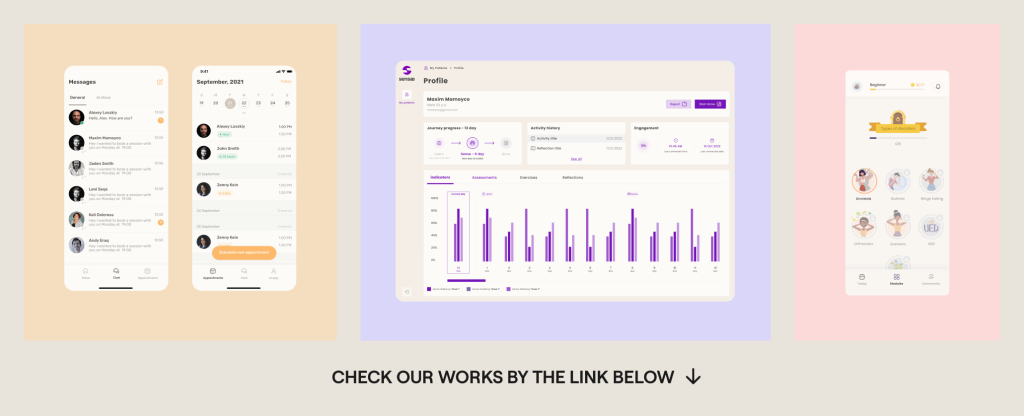
Check out our portfolio, complete with case studies of mhealth applications, at: https://studio.nozomihealth.com/work
Got questions or want to chat? Shoot us an email at m@nozomihealth.com, and let’s talk about how we can bring real benefits to your product.


